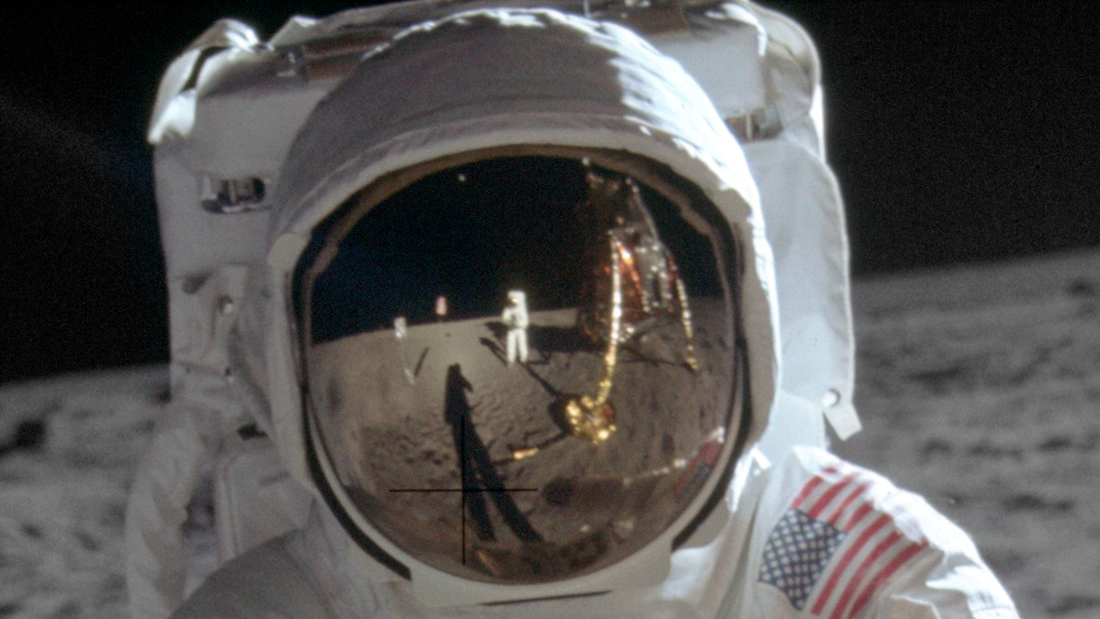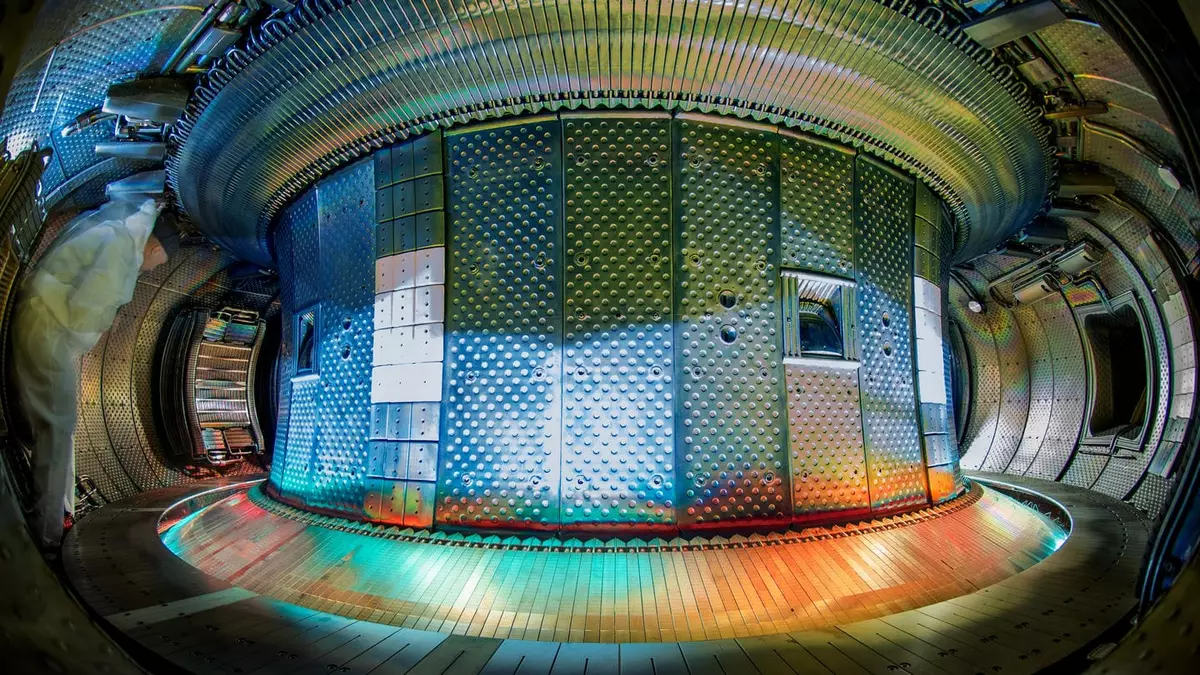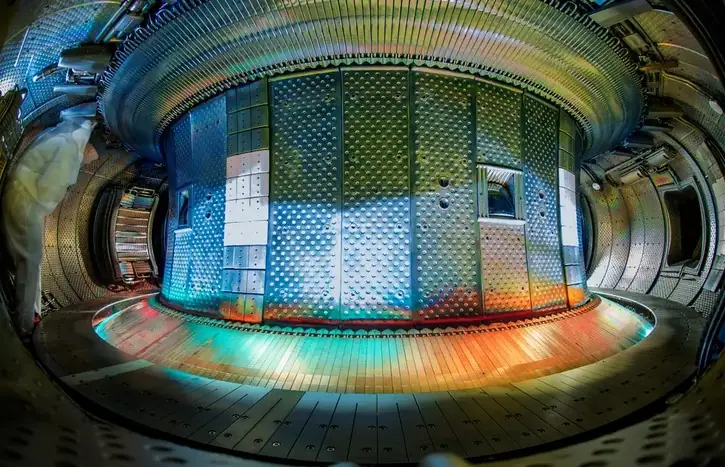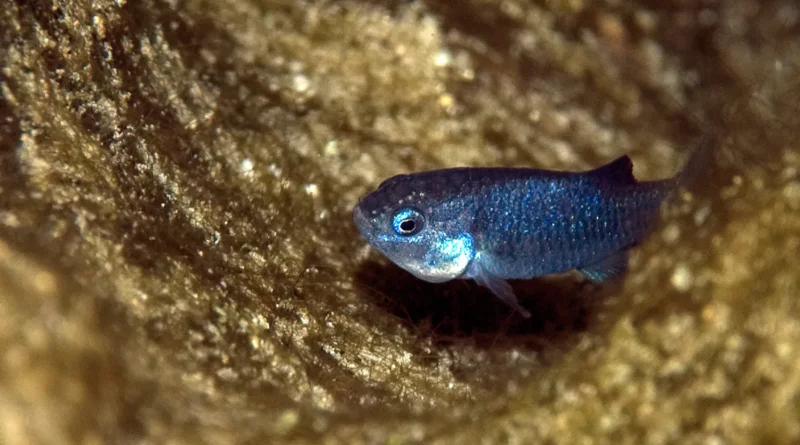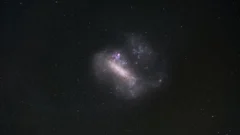
An ancient star discovered in the Large Magellanic Cloud has revealed the chemical fingerprint of the early universe. This suggests that conditions were not the same everywhere when the first stars created the elements for life.
Scientists have identified one of the oldest known stars outside the Milky Way. The discovery, reported in March in the journal Nature Astronomy, has revealed a relic of the universe's early days in the Large Magellanic Cloud (LLC), a companion galaxy to the Milky Way — and it reveals conditions before the Sun even existed.
The first stars born after the Big Bang lived and died billions of years ago, leaving none left to tell the story of the early universe. But the traces of these stellar ancestors were preserved in the second generation of stars, which was formed and still lives today.
The outer layers of these ancient stars "preserve the chemical composition of their natural gas cloud" and therefore reveal the composition of the first generation of stars that seeded those clouds with new chemicals, study lead author Anirudh Chiti, an astrophysicist at the University of Chicago, told Live Science in an email. According to Chiti, the composition of these stars provides a window into the early formation of elements, when stars formed billions of years ago.
Hunting for star relics
The oldest stars exploded billions of years ago, shortly after the Big Bang. They were giants made of the only elements that existed in abundance at the time: about three-quarters hydrogen and one-quarter helium. These giants quickly burned through their nuclear fuel, shedding their outer layers, and then went supernova, polluting their stellar surroundings with the new, heavier elements forged in their cores.
This star ash entered the mix when the second generation of stars was born from the gas clouds enriched by the first. This cycle continued, building increasingly heavier elements and even seeding space with building blocks for life. It is the source of the oxygen we breathe, calcium in our bones and iron in our blood cells.
By measuring the amount of these elements in a star, astronomers can estimate its age. The less "ash" that has accumulated, the older the star must be, while younger stars have accumulated many elements from many previous generations.


 134
134



